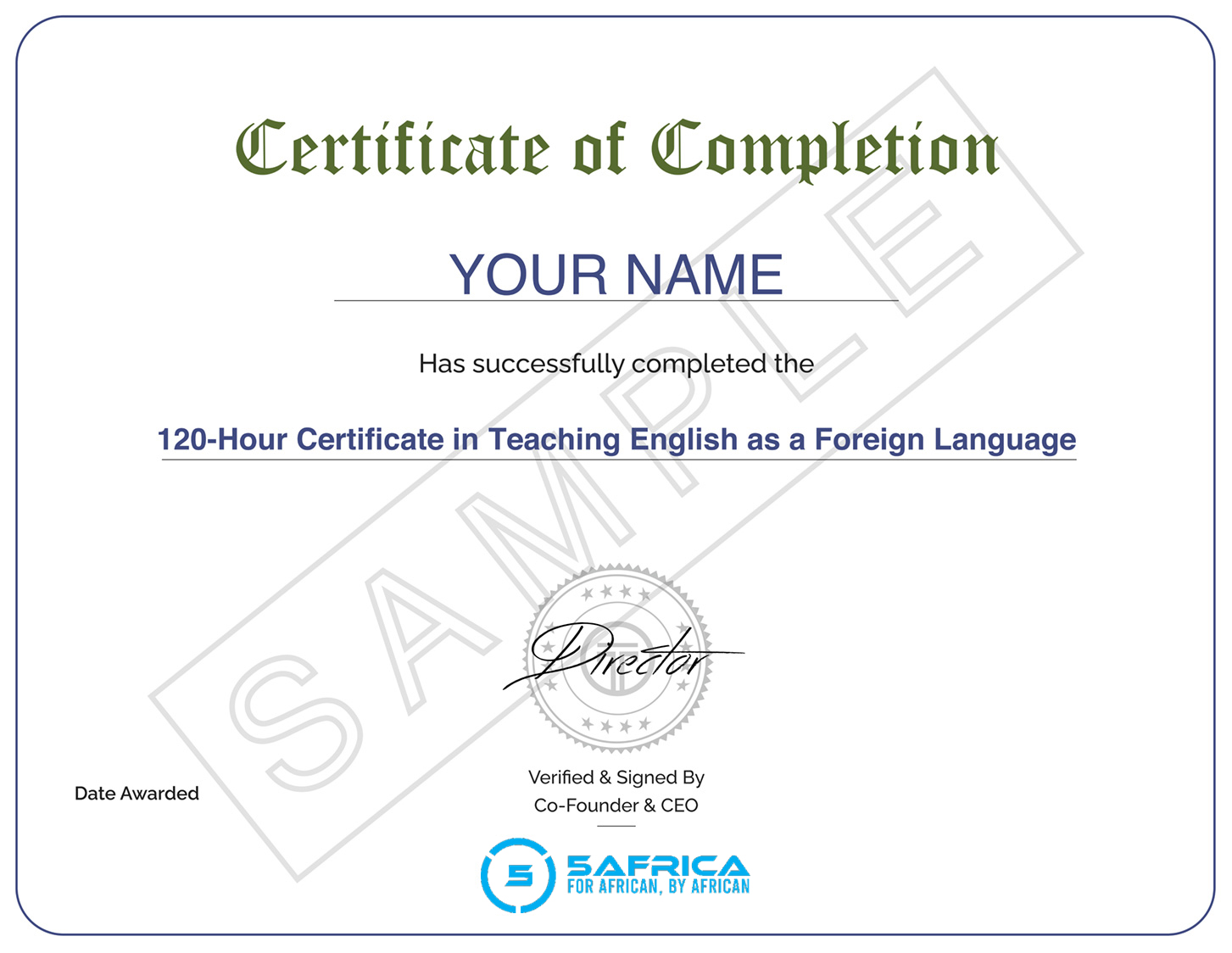Lean Process Improvement Training Course
Create a workplace culture committed to continuous improvement, reducing wasted time and scattered resources
$24.99
Description
Lean principles have come a long way over the past 300 years. From Benjamin Franklin’s early ideas, to Henry Ford’s work in the 1920’s and the Toyoda precepts in the 1930’s, to Jeffery Liker’s publication of The Toyota Way in 2004, Lean processes have evolved from a simple concept to a set of widely used best practices. This course provides the foundation to begin implementing Lean process improvement tools in your workplace. Explore the foundations of Lean through the Toyota precepts and the five critical improvement concepts (value, waste, variation, complexity, and continuous improvement). Gain tools to perform continuous improvement in your organization, including 5S, 5W-2H, PDSA, DMAIC, Kaizen, Genchi Genbutsu, and various Lean data mapping methods.
This will help you know how to:
- Define Lean and its key terms
- Describe the Toyota Production System and the TPS house
- Describe the five critical improvement concepts
- Use the Kano model to understand, describe, analyze, and improve value
- Identify and reduce various types of waste o Create a plan for a more environmentally Lean organization
- Use the PDSA and R-DMAIC-S models to plan, execute, and evaluate Lean changes
- Use Lean thinking frameworks, including 5W-2H, Genchi Genbutsu and Gemba
- Prepare for and complete a basic 5-S
- Describe the key elements of Kaizen events, particularly a Kaizen blitz
- Gather, analyze, and interpret data using flow charts, Ishikawa (fishbone) diagrams, SIPOC diagrams, and value stream maps
- Go back to your organization with a plan to begin incorporating Lean into your corporate culture
Course Content
Session One: Course Overview
Session Two: Understanding Lean
Session Three: The Toyota Production System
Session Four: The Toyota Production System House
Session Five: The Five Critical Improvement Concepts
Session Six: Understanding Value with the Kano Model
Session Seven: Types of Waste
Session Eight: Creating a Lean Enterprise
Session Nine: The Plan, Do, Study, Act (PDSA) Cycle
Session Ten: Using the R-DMAIC-S Model
Session Eleven: Lean Thinking Tools
Session Twelve: Kaizen Events
Session Thirteen: Data Gathering and Mapping
Session Fourteen: A Plan to Take Home
Example Certificate

$24.99
Course features:
12 hours
Full Lifetime Access
Available on Web
Certificate of completion
38 Enrolled



